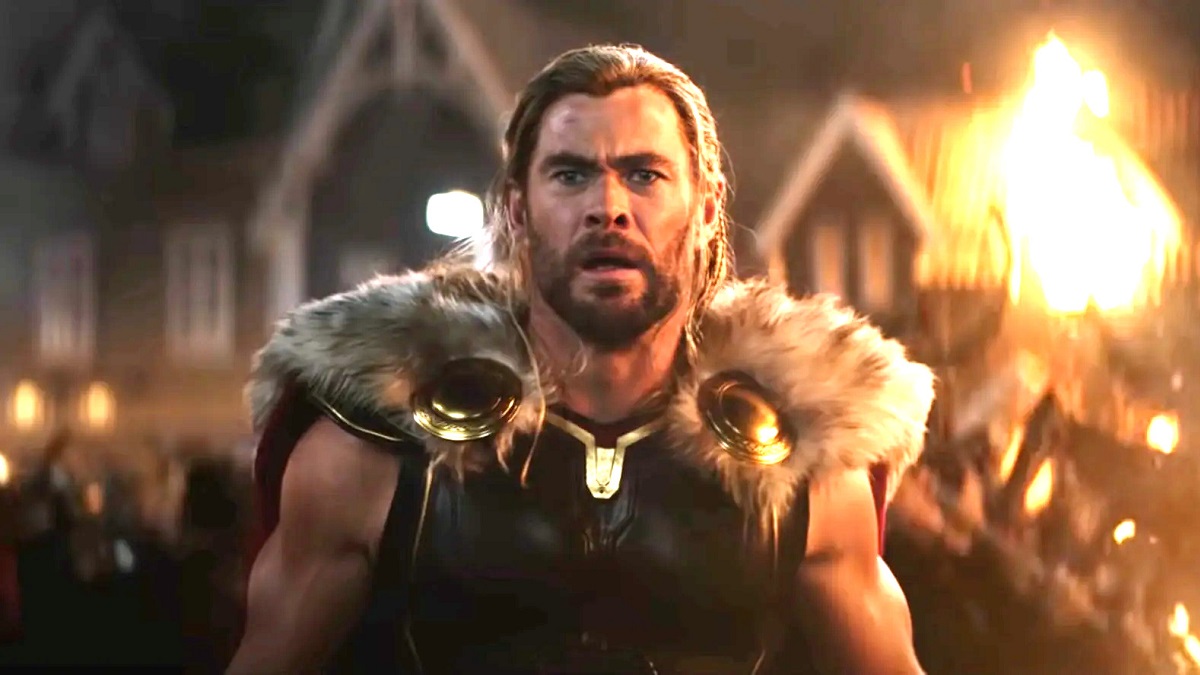Ever since introducing a new method of VFX work in The Mandalorian that involved large LED walls serving as substitute green screens, ILM has revolutionized the special effects industry and reduced the workload of CG artists by an estimable margin.
The latest blockbuster to adopt this method is Thor: Love and Thunder, perhaps due to director Taika Waititi’s involvement with the season one finale of Jon Favreau’s Star Wars show. Taking the experience of working with those video walls to the latest MCU outing, Waititi has managed to create a truly immersive experience that not only helps the production team, but also the actors.
Why act in front of a green ball and pretend that it’s some anomalous space monstrosity when you can actually see it in real-time? Waititi has recently discussed using the StageCraft soundstage for Love and Thunder in an interview with IndieWire, explaining that the pros far outweigh the cons when it comes down to it.
“You don’t have to put a tennis ball on the ceiling and have them react to it. And for them to say, ‘What am I looking at?’ And you say, ‘No idea, we’ll figure it out in six months. It could be a dragon, it could be a cave troll.’ The best thing is that there’s clearly a world around them they can see and a lot of what you’re getting is in-camera.
“It definitely has its limitations. It’s in a room so you can’t get the camera super far back or too high. It doesn’t help with coverage. But it’s a nice way of working. You can control where the sun is in the sky and shoot at magic hour at the same time of day as something else and control that weather. It’s amazing.”
The method is as cost effective as it is technically efficient, which is why more filmmakers and studios are expected to adopt it in the near future.
Thor: Love and Thunder is currently playing in theaters around the globe.


